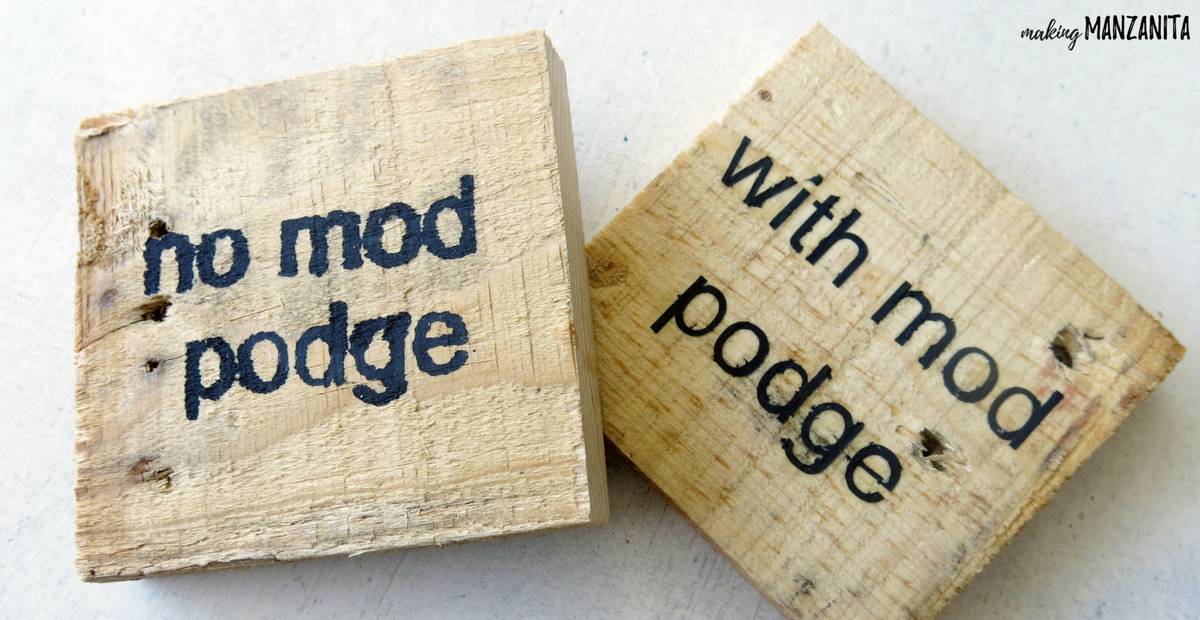islandwide
New Member
Hi All,
I've been working on some 6"x4" ceramic blanks that are going onto bedroom doors in an inn.
My first attempt was to use die-cut vinyl, apply direct to ceramic and then clear coat it with mod podge spray lacquer. We may have applied the coats to thick, but as the pictures (hopefully) show is that edges of the letters are continuing to curl up off the ceramic weeks after the lacquer has been applied. Client is a relative and forgiving of the trial and error process but ultimately wants a sound product in the end, as do I.

I'm looking to redo them and make some more version for them. So, I'm trying to get advice on how you would go about it. Would you:
a) use the same method as before (vinyl) but use a different lacquer or lighter coats. If different type, what lacquer do you use?
b) Use the reverse vinyl to make a stencil and paint black paint directly on the ceramic. My big concern, particularly with thin font is - won't it bleed and be messy in the end?
c) Use stencil to shade in font with a pencil or other initial marker - then remove stencil and hand paint them 'freehand' over stencil. This is the method I'm leaning towards as client also doesn't mind a bit of a handmade feel - hand done, but not sloppy.
Finally, your answer is B or C, do you recommend a clear coat over the paint in order for them to be cleaned from time to time or will the paint be adhered well enough to the ceramic to not bother?
Thanks in advance for any and all light shed on this one!
Andrew
I've been working on some 6"x4" ceramic blanks that are going onto bedroom doors in an inn.
My first attempt was to use die-cut vinyl, apply direct to ceramic and then clear coat it with mod podge spray lacquer. We may have applied the coats to thick, but as the pictures (hopefully) show is that edges of the letters are continuing to curl up off the ceramic weeks after the lacquer has been applied. Client is a relative and forgiving of the trial and error process but ultimately wants a sound product in the end, as do I.
I'm looking to redo them and make some more version for them. So, I'm trying to get advice on how you would go about it. Would you:
a) use the same method as before (vinyl) but use a different lacquer or lighter coats. If different type, what lacquer do you use?
b) Use the reverse vinyl to make a stencil and paint black paint directly on the ceramic. My big concern, particularly with thin font is - won't it bleed and be messy in the end?
c) Use stencil to shade in font with a pencil or other initial marker - then remove stencil and hand paint them 'freehand' over stencil. This is the method I'm leaning towards as client also doesn't mind a bit of a handmade feel - hand done, but not sloppy.
Finally, your answer is B or C, do you recommend a clear coat over the paint in order for them to be cleaned from time to time or will the paint be adhered well enough to the ceramic to not bother?
Thanks in advance for any and all light shed on this one!
Andrew

